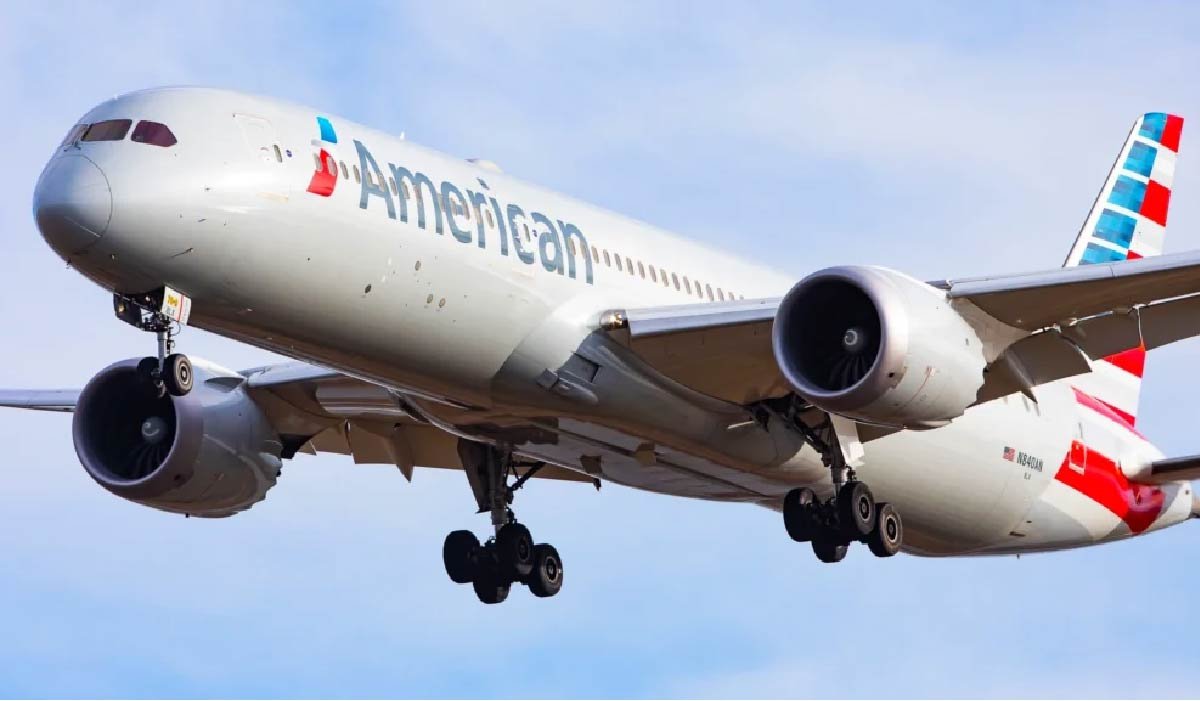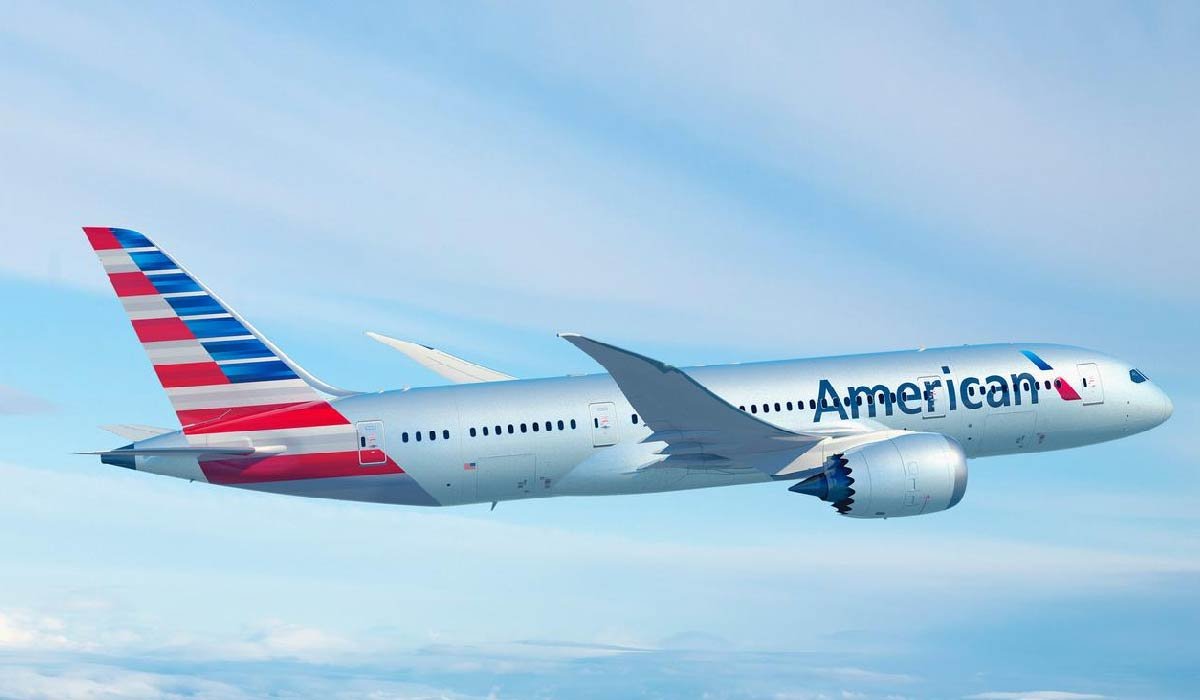Introduction: What Happened on Delta Flight DL275 Diverted LAX
On May 28, 2025, a regularly scheduled international flight operated by Delta Air Lines became the center of global aviation attention when Delta Flight DL275 diverted to LAX due to a technical malfunction involving its engine’s anti-ice system. The aircraft, an advanced Airbus A350-900, was en route from Detroit Metropolitan Wayne County Airport (DTW) to Tokyo Haneda Airport (HND) when the flight crew received abnormal system readings mid-flight. The decision to divert was made with passenger safety as the top priority.
This incident did not involve turbulence, weather, or passenger behavior—but instead was triggered by a malfunction in a critical system that ensures safe engine operation at high altitudes. While no injuries were reported and the aircraft landed safely at Los Angeles International Airport (LAX) at approximately 1:08 AM local time, the incident has prompted discussions across the aviation industry about predictive maintenance, real-time flight data analysis, and the growing role of artificial intelligence in flight safety.
As people search for updates using terms like “Delta emergency landing,” “DL275 engine failure,” and “Delta Flight DL275 diverted LAX,” it is essential to understand the full story behind the event, from takeoff to landing.
Overview of Delta Flight DL275
Delta Flight DL275 is a daily international service connecting Detroit, Michigan (DTW) and Tokyo, Japan (HND). The route is operated by a state-of-the-art Airbus A350-900, a long-range aircraft known for fuel efficiency, passenger comfort, and industry-leading safety features. The aircraft involved in this incident bore the registration N508DN and was equipped with Rolls-Royce Trent XWB engines. On this particular flight, there were over 300 passengers and crew members onboard.
The flight was scheduled to take approximately 13 hours, but due to the diversion, the aircraft remained in the air for about 12 hours and 15 minutes before safely touching down at LAX. While the flight didn’t reach its intended destination, the smooth handling of the diversion ensured a safe landing for all occupants and minimized the risk of escalation.
Also Read: What is Pizmotidxizvou? Origins, Symbolism, and Health Benefits
Timeline of Events Leading to the Diversion
Before Departure
Delta Flight DL275 began with a slight delay. The aircraft arrived late into Detroit from Amsterdam, landing at 13:19 local time. As a result, there was a delay in its turnaround process, including boarding and pre-departure checks. The aircraft eventually departed the gate at 15:53 local time, about an hour behind its scheduled departure.
Mid-Flight Detection of Malfunction
Roughly five hours into the journey, while the aircraft was cruising over the Bering Sea—approximately 620 miles southwest of Anchorage, Alaska—the flight crew noticed irregular data coming from the engine’s anti-ice system. This system is crucial for preventing dangerous ice buildup on the engine nacelles and air inlets during high-altitude flights, especially over cold oceanic regions. Sensor readings showed significant reductions in airflow and temperature, which indicated a progressive system failure.
The Diversion Decision
Given the isolated location over the Pacific Ocean and the potential risks associated with continuing across the ocean with a faulty system, the crew quickly coordinated with Delta Operations Control and air traffic control to evaluate diversion options. Instead of heading to closer airports like Anchorage or Seattle, the decision was made to fly south toward Los Angeles International Airport, where Delta has extensive maintenance facilities, Airbus A350-qualified technicians, and emergency infrastructure to handle large aircraft.
Landing at LAX
At approximately 1:08 AM on May 28, 2025, the aircraft safely landed on Runway 06R at LAX. Emergency vehicles were on standby, as per protocol, although no flames, smoke, or physical damage had occurred. After taxiing to a remote gate, passengers remained onboard briefly while preparations were made for deplaning and inspection. Relief and gratitude were shared among passengers, as the flight had avoided a potentially more serious outcome.

What Caused the Diversion of Delta Flight DL275?
Engine Anti-Ice System Malfunction
The main issue that led to Delta Flight DL275 diverting to LAX was a malfunction in the engine anti-ice system—a safety mechanism that keeps critical engine parts from freezing during high-altitude flights. As the aircraft flew over icy regions of the North Pacific, the left engine showed troubling data: a 50% drop in airflow, a 25% drop in bleed air pressure, and a temperature that was 30% below normal levels. Additionally, the valve response time had slowed by over 300%, suggesting a mechanical fault in the system’s regulation mechanism. Though not immediately catastrophic, this system failure posed enough risk that continuing to Tokyo would have been dangerous and outside of standard safety tolerances.
Engineering Insights
On long-haul, trans-Pacific flights like DL275, engine anti-ice systems are non-negotiable for safe operation. The crew’s proactive decision to divert—before any escalation occurred—demonstrates both proper training and the effectiveness of Delta’s safety-first culture. Even in the absence of smoke or fire, engine performance anomalies must be treated with utmost seriousness, especially when alternative landing sites are few and far between over oceanic routes.
Why Was Los Angeles the Best Diversion Option?
Los Angeles International Airport (LAX) was chosen as the diversion airport for several operational and logistical reasons. First, LAX is a Delta Air Lines hub, meaning specialized equipment, Airbus A350 parts, and certified Rolls-Royce technicians were readily available. Second, LAX features long, wide runways capable of accommodating heavy international aircraft with excess fuel, which DL275 had due to the shortened flight. Third, LAX offers robust passenger care infrastructure, including rebooking services, hotel accommodations, and transport options, which are vital when over 300 passengers suddenly need support. From both a technical and customer experience standpoint, LAX was the most logical and safest choice for an emergency landing.
Passenger Experience and Crew Performance
Emotional Response
Many passengers described the atmosphere as tense once they realized the flight would not reach Tokyo as planned. Some felt anxiety, others confusion. It wasn’t immediately clear what the issue was, but the change in flight direction sparked concerns.
Communication from the Crew
The flight crew played a pivotal role in maintaining calm. The captain made timely announcements, explaining that the diversion was precautionary and there was no immediate danger. Flight attendants moved through the cabin offering reassurance, water, and updates. Passengers later posted on social media that they felt “taken care of” and appreciated the crew’s transparency.
Relief After Landing
Once the aircraft touched down and passengers saw emergency vehicles nearby, there was a collective sigh of relief. Some passengers applauded, others thanked the crew personally. Though inconvenient, the safe outcome affirmed passengers’ trust in Delta’s handling of the incident.
Delta’s Response After the Diversion
Delta acted swiftly after Flight DL275 diverted to LAX. Ground crews met the plane, emergency teams were ready, and customer service agents were deployed to assist travelers. Passengers were provided with hotel rooms, meal vouchers, and help with rebooking to Tokyo or alternate destinations. Delta also released a public statement emphasizing its commitment to safety and thanking passengers for their cooperation and understanding. These actions reflect Delta’s broader customer service philosophy and preparedness for rare but serious flight disruptions.
Aircraft Inspection and Findings at LAX
After landing, the aircraft underwent an 18.5-hour inspection at LAX. Delta’s maintenance team, in coordination with Rolls-Royce engineers, confirmed the fault in the engine’s anti-ice system. Diagnostics showed a mechanical failure that required part replacement and full recalibration. After rigorous testing and verification, the aircraft was cleared to return to service, proving that the problem was isolated and not a systemic risk for the fleet.
Financial Impact on Delta Airlines
Direct Costs
The diversion cost Delta an estimated $332,000 in direct costs, including fuel for the longer route, emergency landing fees, maintenance work, and crew overtime.
Passenger Support
Delta spent roughly $176,000 assisting passengers—covering hotels, meals, and compensation for delays. Rebooking costs, especially for business-class travelers, added to the financial burden.
Lost Revenue
With the Tokyo leg canceled, Delta lost potential income from high-paying seats, cargo shipments, and connecting passengers. Total losses in the first 72 hours were estimated at $2.3 million.
Could Predictive AI Have Prevented This?
Advanced AI systems capable of real-time aircraft monitoring and predictive maintenance could have flagged the developing issue before the plane left Detroit. Data analysis shows that the warning signs—such as reduced airflow and valve lag—were detectable up to six hours before departure. Airlines implementing AI-powered diagnostics are seeing a 78% reduction in unexpected equipment failures, suggesting that investing in smarter systems could prevent future diversions.
Similar Diversions on the Same Day
Interestingly, Delta experienced two other diversions on May 28:
-
DL2346 diverted to JFK after a noise was heard on takeoff.
-
DL2286 diverted to Charlotte after cockpit smoke was detected.
Though unrelated, these diversions highlight how even top-tier airlines face technical challenges, and that response and safety culture are more important than perfection.
Lessons Learned from Delta Flight DL275
This incident underscores the importance of proactive decision-making, comprehensive crew training, and clear passenger communication. It also shows that safety systems worked as intended, with the aircraft landing safely despite a serious mid-flight malfunction. The professionalism displayed by the Delta crew and support staff reflects a mature safety culture that prioritizes lives over logistics.
Understanding In-Flight Diversions
Common Reasons
Diversions typically occur due to:
-
Technical issues
-
Medical emergencies
-
Severe weather
-
Security threats
How Diversion Airports Are Chosen
Airlines select airports based on proximity, runway length, aircraft compatibility, ground support availability, and passenger logistics.
What Passengers Should Know About Diversions
If your flight is diverted, stay calm and listen to crew instructions. Always carry essentials like medications and identification in your carry-on. Airlines usually provide rebooking, food, and accommodations, especially for international flights. Diversions, though inconvenient, are proof that airline safety systems work exactly as they should.
Aircraft Focus: Airbus A350-900
The Airbus A350-900 is among the safest and most advanced long-haul aircraft in operation. It features composite materials, advanced fly-by-wire controls, and redundant safety systems. Powered by Rolls-Royce Trent XWB engines, it is built for high performance, making the diversion of DL275 a rare but serious event worthy of analysis.
Also Read: Tiwzozmix458: Powerful Tool Driving Your Online Success
Conclusion: What Delta Flight DL275 Teaches Us
The “delta flight dl275 diverted lax” event is not just about one technical issue. It’s a lesson in safety, technology, and human decision-making. The crew’s response and Delta’s ground handling illustrate what it means to be a world-class airline. Though costly, the diversion ensured that everyone on board made it home safely. As the aviation industry embraces smarter tools and real-time diagnostics, incidents like this will become even rarer—and air travel will continue to evolve as one of the safest forms of transportation in the world.
FAQs About Delta Flight DL275 Diverted LAX
1. Why did Delta Flight DL275 divert to LAX?
Delta Flight DL275 diverted to Los Angeles International Airport due to a critical issue with the aircraft’s engine anti-ice system, which could have led to engine performance problems if not addressed promptly.
2. What is an engine anti-ice system, and why is it important?
The engine anti-ice system prevents ice from forming on engine components during high-altitude flight. A failure in this system can reduce airflow and power, especially over cold regions, making it essential for flight safety.
3. Was the diversion of Delta Flight DL275 considered an emergency landing?
Yes, the landing was considered a precautionary emergency. Although there was no immediate danger, the crew acted proactively to prevent potential complications from worsening in-flight.
4. Did Delta Flight DL275 land safely at LAX?
Yes, the aircraft landed safely at Los Angeles International Airport on May 28, 2025, without any injuries reported among passengers or crew.
5. What kind of aircraft was used on Delta Flight DL275?
Delta Flight DL275 was operated using an Airbus A350-900, a modern wide-body aircraft designed for long-haul international flights, known for its advanced safety features and fuel efficiency.
6. How did Delta assist passengers after the diversion?
Delta provided affected passengers with hotel accommodations, meal vouchers, transportation, and rebooking assistance to ensure they could continue their travel to Tokyo or other destinations.
7. How long was Delta Flight DL275 in the air before landing at LAX?
The flight was airborne for approximately 12 hours and 15 minutes before safely landing at LAX, slightly shorter than the originally planned duration to Tokyo.
8. Could the issue with Delta Flight DL275 have been prevented?
Experts believe that AI-based predictive maintenance systems could have detected early warning signs in the engine’s anti-ice system and possibly prevented the diversion before takeoff.
9. How much did the diversion of Delta Flight DL275 cost the airline?
The total estimated financial impact was about $2.3 million, which includes fuel costs, maintenance, hotel stays, rebooking fees, and lost revenue from the canceled Tokyo leg.
10. Has Delta Flight DL275 returned to service since the incident?
Yes, after thorough inspections and repairs at LAX, the Airbus A350-900 used for DL275 was cleared and returned to service following aviation safety protocols.






